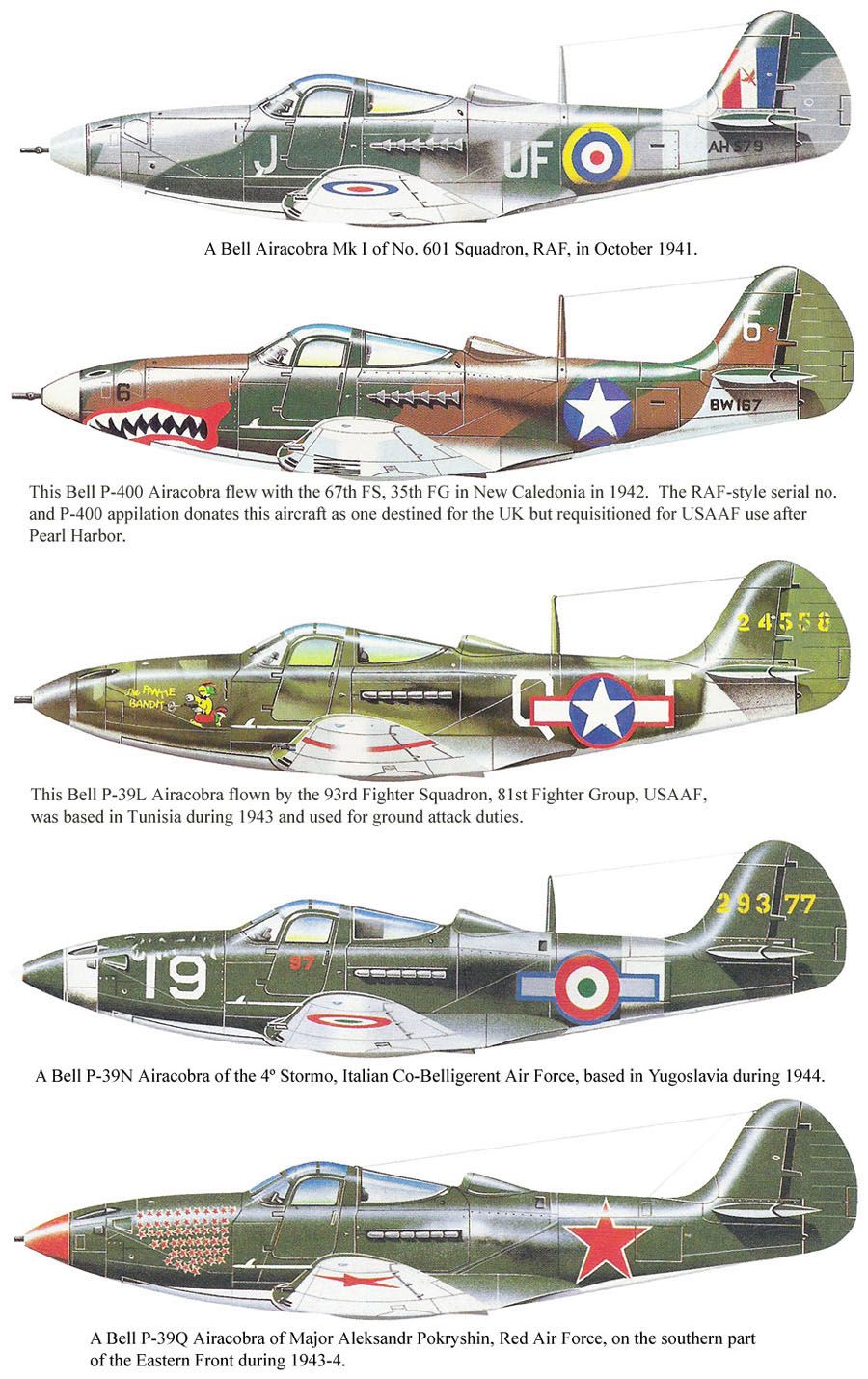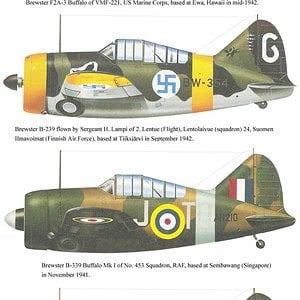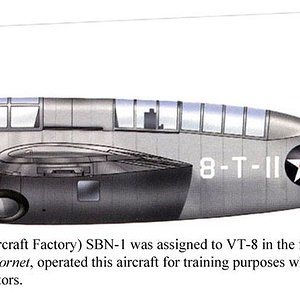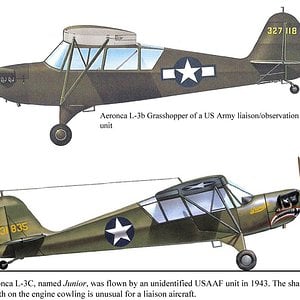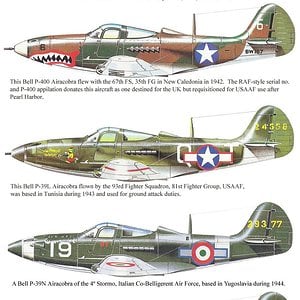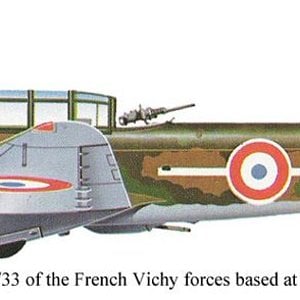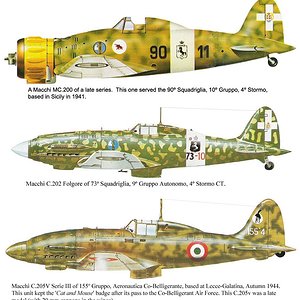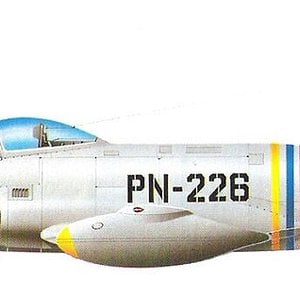Navigation
Install the app
How to install the app on iOS
Follow along with the video below to see how to install our site as a web app on your home screen.
Note: This feature may not be available in some browsers.
More options
You are using an out of date browser. It may not display this or other websites correctly.
You should upgrade or use an alternative browser.
You should upgrade or use an alternative browser.
In 1938 Bell Aircraft produced the Airacobra single-seat fighter featuring a tricycle landing gear, a single Allison engine located behind and below the pilot and driving the propeller by means of an extension shaft, and a cannon firing through the hollow propeller shaft (in addition to fuselage-mounted machine-guns). Advantages of this layout were said to include superior vision and concentration of firepower in the nose. The first production aircraft (originally ordered by the French government) were delivered to the RAF and became operational in October 1941. In British service the Airacobra I/IA was used for a short time for ground attack duties. It was not well received and production aircraft completed for Britain, but undelivered, were taken on by the USAAF as trainers. New production began with 20 P-39G for the USAAF. P-39D (V-1710-35), F (-35), J(-35), K(V-1710-63; E6), L(-63), M(V-1710-83), N(V-1710-85; E19) and Q versions were eventually built, bringing the total number of Airacobras completed to 9,558. More than half the total production went to Russia to act as interim fighters with the air force pending delivery of large numbers of MiGs and Yaks.
Info: Aviastar
http://www.aviastar.org/index2.html
Profiles:
American Aircraft Of World War II
Published by Chancellor Press Ltd.
Fighters of the United States Air Force
Published by Temple Press/Aerospace.
Info: Aviastar
http://www.aviastar.org/index2.html
Profiles:
American Aircraft Of World War II
Published by Chancellor Press Ltd.
Fighters of the United States Air Force
Published by Temple Press/Aerospace.

